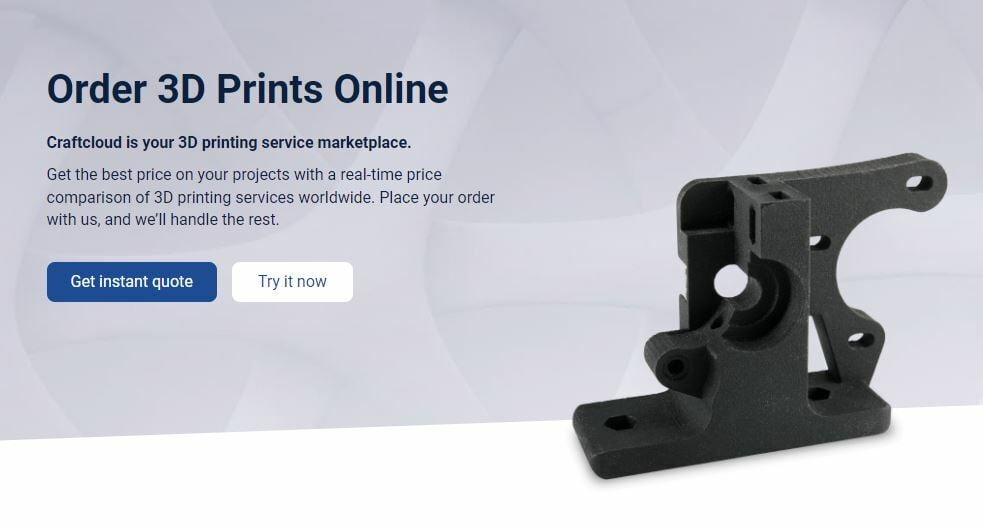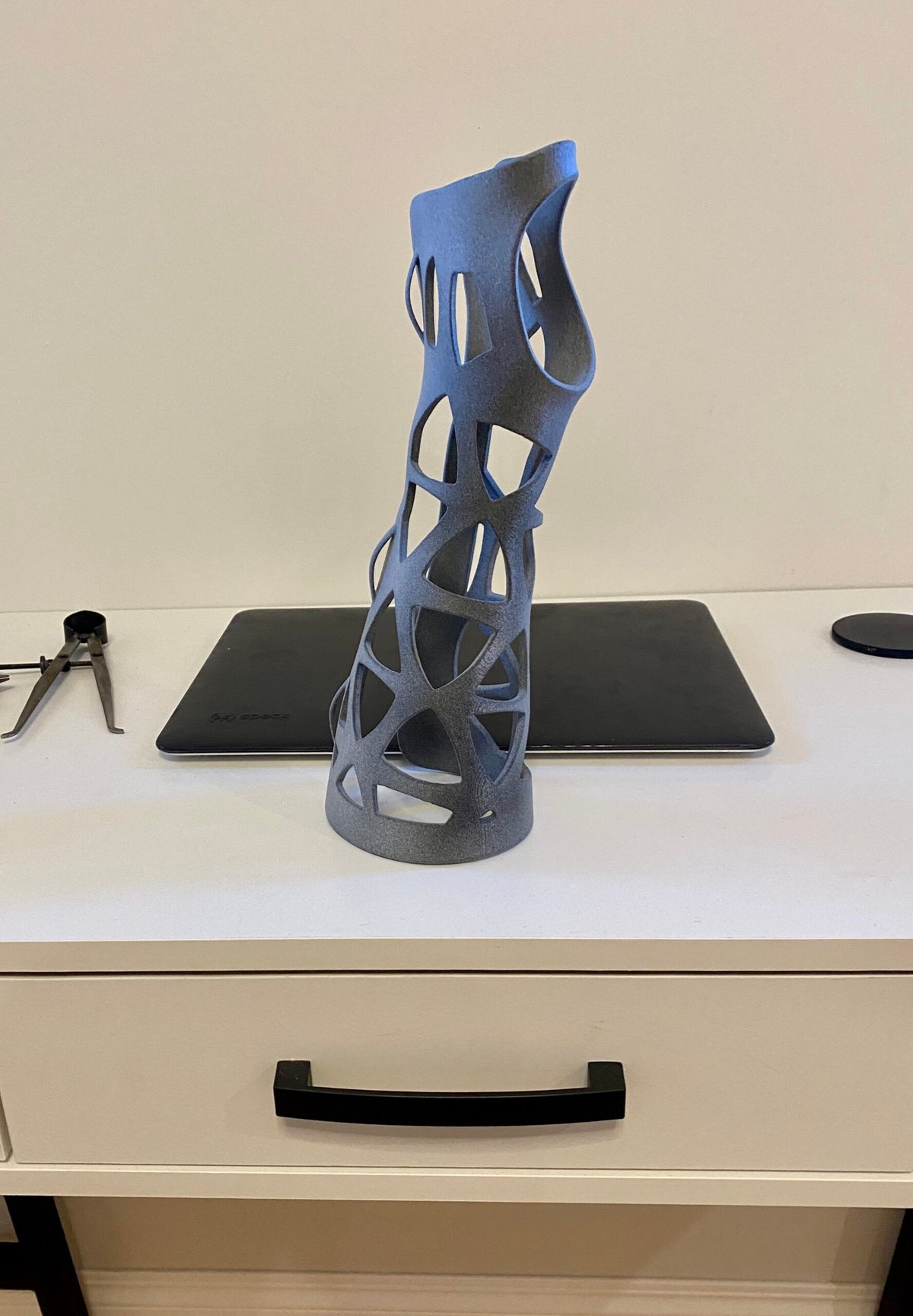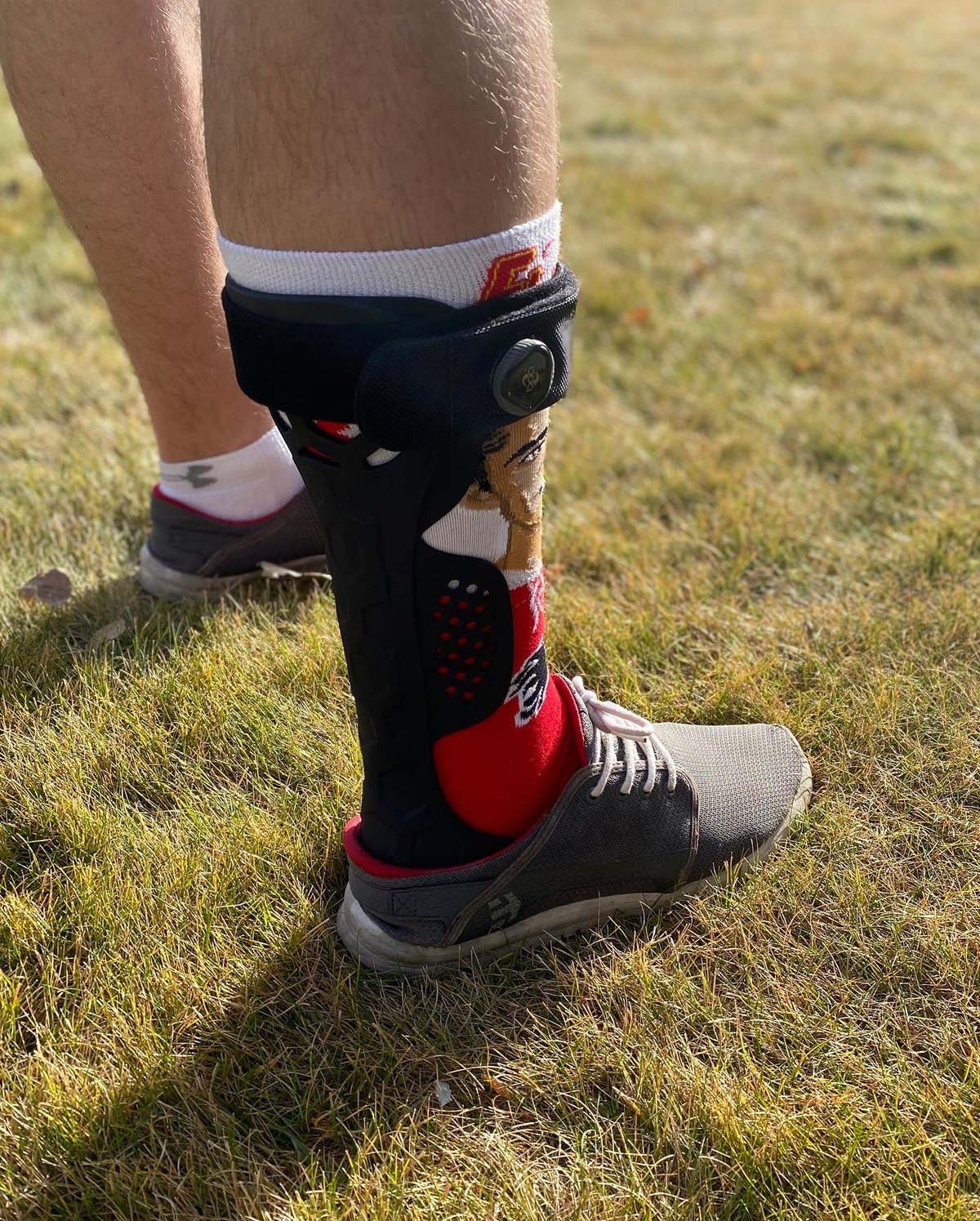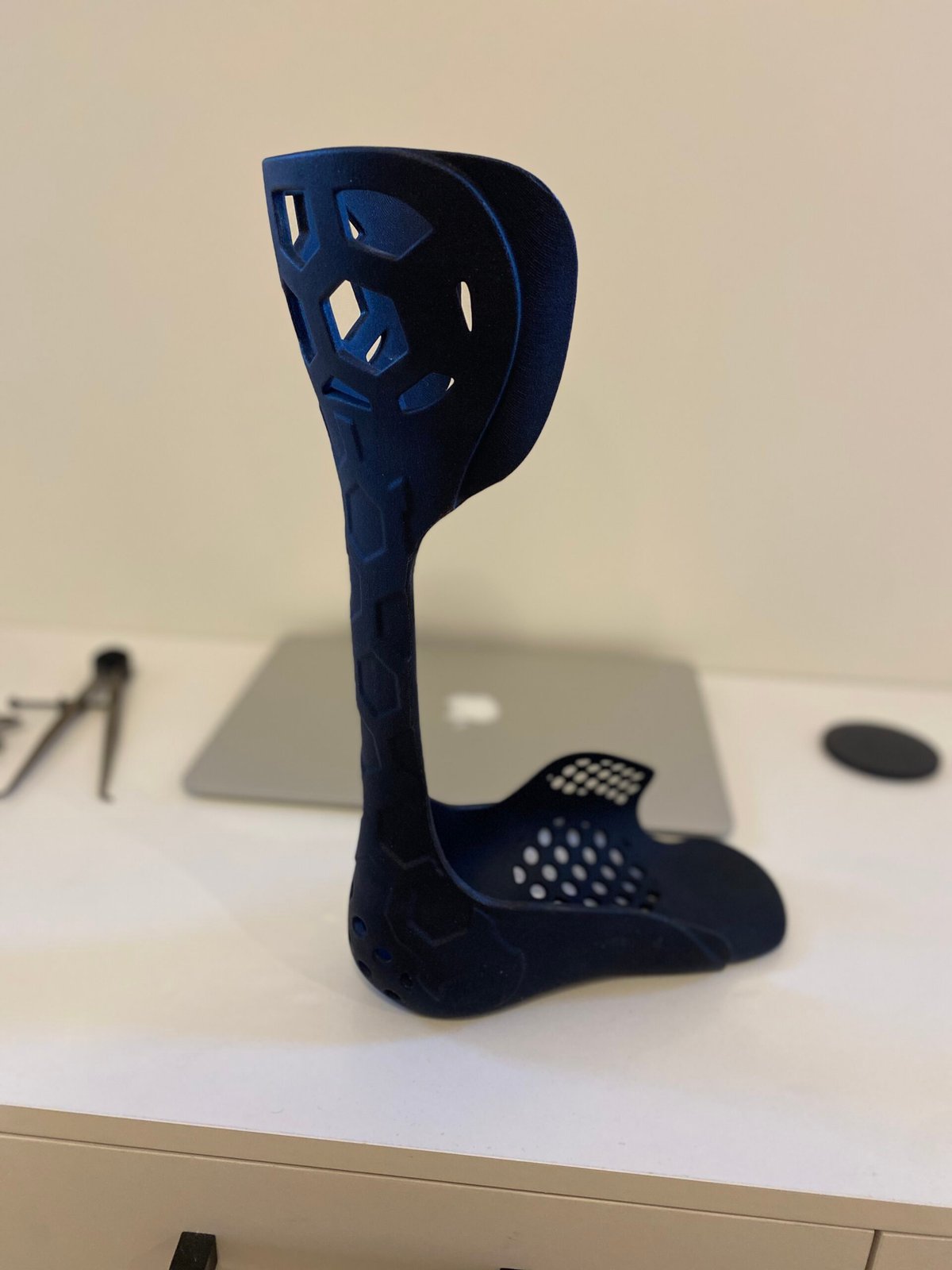As more medical professionals leverage the power of 3D printing, patients are reaping the benefits of the many advantages this technology has to offer. From surgical models to prosthetics and casts, the ability to 3D print personalized patient-specific models has lended itself to more successful outcomes.
However, not every medical professional has the budget or space to integrate a professional 3D printer into their own office space. That’s where 3D printing services such as Craftcloud, powered by All3DP, lend a helping hand.
Jeff Wright, an orthotist at the Calgary-based Cascade Orthotics, recently commissioned Craftcloud to help procure custom-designed 3D printed devices for patients. The orthotist has integrated 3D printing technology to help treat patients with various neuromuscular or musculoskeletal conditions, improving their ability to walk and overall quality of life with braces and other devices.
While Cascade Orthotics has leveraged 3D printing in their own office, they eventually needed access to professional 3D printing. And so, Wright did some research and ultimately found Craftcloud, and has been a loyal customer of the 3D printing service ever since.

Craftcloud Helps Cascade Orthotics Bring 3D Printed Braces to the Next Level
Cascade Orthotics has spent over five years utilizing 3D scanning to create patient-specific cast models, but until recently depended on carving machines to produce the actual cast for patients. This traditional manufacturing method was both labor intensive and time-consuming, and so Wright and his team started exploring the advantages that 3D printing had to offer.
After some initial experimentation with 3D printing technology, the Canadian orthotist was ready to “take it to the next level” with more industrial machines. When it came time to 3D print more complicated high-end models, Wright found that Craftcloud could provide everything they needed at an affordable cost.

“There is a guy who is across the street who has one of the HP Multi Jet Fusion machines,” Wright explained. “The cost to get him to print it for us is four to five times as much as it is to get it done through Craftcloud.”
After connecting with the Craftcloud support team, the 3D printing service was able to provide Cascade Orthotics with access to HP Multi Jet Fusion 3D printers. In fact, Wright claims that 99% of the work they’ve done with Craftcloud was done on these groundbreaking machines. Multi Jet Fusion, released in 2016, is a powder bed fusion 3D printing technology that utilizes multiple inkjet heads to 3D print objects at the voxel level.
This cutting-edge additive manufacturing technology made it possible to produce end-use parts from Nylon 11, Nylon 12, as well as flexible TPU material.
“We just really like the mechanical properties that we get from those machines and those materials,” Wright explained. “There is a fairly natural progression from the plastics that we use to those materials. They have a lot of similar properties, so that made the transition easier. From a Craftcloud perspective, it provides the technology and materials that we otherwise do not have access to.”
The relationship proved fruitful, as the orthotist has leveraged the 3D printing service to produce a variety of end-use parts for patients, including foot and ankle braces, wrist and hand braces, protective helmets, and even shoe insoles.

3D Printed Orthotics Offer Function and Style to Patients
As this case study proves, there are several advantages that 3D printing offers to the orthotics sector and other medical fields. First and foremost, the ability to produce patient-specific braces and cast ensures an optimal fit.
Traditionally, there are only a couple of brace designs and styles, which limits the ability to provide the patient with exactly what they need. Combining 3D scanning and 3D printing, Cascade Orthotics was able to design and produce customized devices.
“3D printing has allowed us to carry that degree of accuracy from the scanning right through to the end product. Braces function better and look cooler, and ultimately, they fit a lot better than they have in the past.”

Not only does 3D printing help enhance the form and functionality of orthotic braces, it also opens up a world of new designs and styles that were previously unavailable. By bringing an aesthetic-minded approach into the design process, patients are able to wear cool looking braces without worry.
“Being able to 3D print them and take advantage of the additive technology versus the vacuum-forming technology that we have used allows you greater design freedom,” Wright explained. “You can create new products, you can really tailor them to people’s needs, tailor them to people’s styles.”
Last but not least, 3D printing has also challenged orthotists to think outside of the box when it comes to designing new types of braces for patients. While traditional manufacturing processes limited what was possible, 3D printing technology is ushering in an innovative era for medical professionals who are committed to evolving the way they treat their patients.
“It challenges you because you have to think outside the box, you have to come up with some new stuff,” Wright said. “But when you do come up with something, it is nice that you can see it fabricated or brought to life. The manufacturing side does not limit you.”